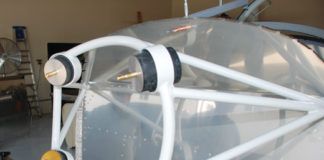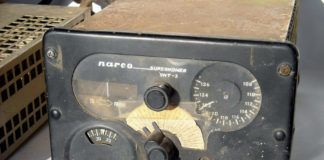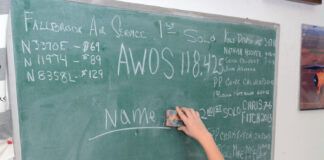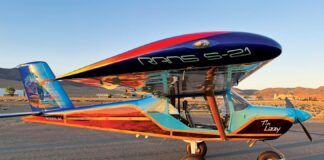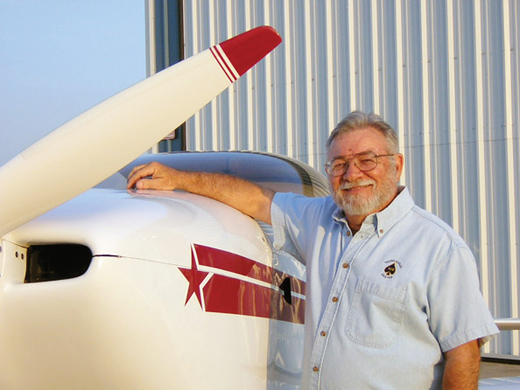
Question: I’ve recently acquired an Aerolights Falcon, a Part 103 canard plane. It’s been heavily damaged from an aborted takeoff/turn. I know the provision from Part 103 to Light Sport conversion has sunsetted some time ago. And this model requires some structural modifications in the interest of safety, which will likely bring it over the weight threshold Part 103 encompasses, if only by a small margin. Among them is a heavier rear spar in the main wings and a bulkhead to support the engine. You have mentioned that destroying a part and rebuilding from raw materials applies to the major portion rule. Indeed, the destruction has been taken care of. The major portion part is a foregone conclusion.
While I would be perfectly happy to fly this as a 103 machine, the safety modifications forgo any such notion. The obvious question is, are there any provisions in the Light Sport Aircraft category that will allow a former 103, or does the major-portion rule, along with the required modifications, arbitrarily qualify it for Light Sport requirements, as it is no longer the machine as marketed?
Answer: First it needs to be understood that the conversion from ultralight to Light Sport Aircraft is a little misleading. In reading the rules you will find that a true Part 103 ultralight was not eligible for conversion to Light Sport. The conversion was for “ultralight types” that did not meet Part 103. And, yes, that ship has sailed.
There are now two ways to license an Experimental Light Sport Aircraft: 21.191(i)(2), an aircraft constructed from a Light Sport kit, and 21.191(i)(3), where an aircraft that has previously been issued an airworthiness certificate in the Light Sport category may be downgraded to the Experimental category.
Obviously your aircraft doesn’t fit either of these scenarios. Your only option is to try for the Experimental/Amateur-Built classification. To do this, you must show that the major portion (51%) of the aircraft was built for education and recreation. You would need to use the form contained in AC 20-27G Appendix 8. You really need to read and comprehend the entire advisory circular for a complete understanding of the amateur-built classification.
Another possibility is the Experimental Exhibition category, but that in itself is a can of worms, and if you’ve read any of my columns, you’ll know that I’m not a fan of that option. If the completed aircraft meets all of the LSA rules, i.e., maximum gross weight, max cruise speed, minimum clean stall speed, etc., then it may be flown by a Sport Pilot, but it still would be classified as E/AB.
Question: Your June 2011 column points out that a flight-test area will be designated by the DAR that will keep the aircraft away from congested airways or densely populated areas. How do I determine if I will be able to operate out of the airport where my hangar is? Can I move the aircraft there for final assembly, or should I look for another location?
Answer: This comes up around larger cities where airports have become surrounded by heavily populated areas. You need to contact your DAR and/or the local FSDO. If flight testing is not allowed at your airport, you will need to relocate the aircraft before the airworthiness inspection. Otherwise, the inspector will be forced to deny the certificate until the aircraft is relocated.
Please send your questions for DAR Asberry to [email protected] with “Ask the DAR” in the subject line.







